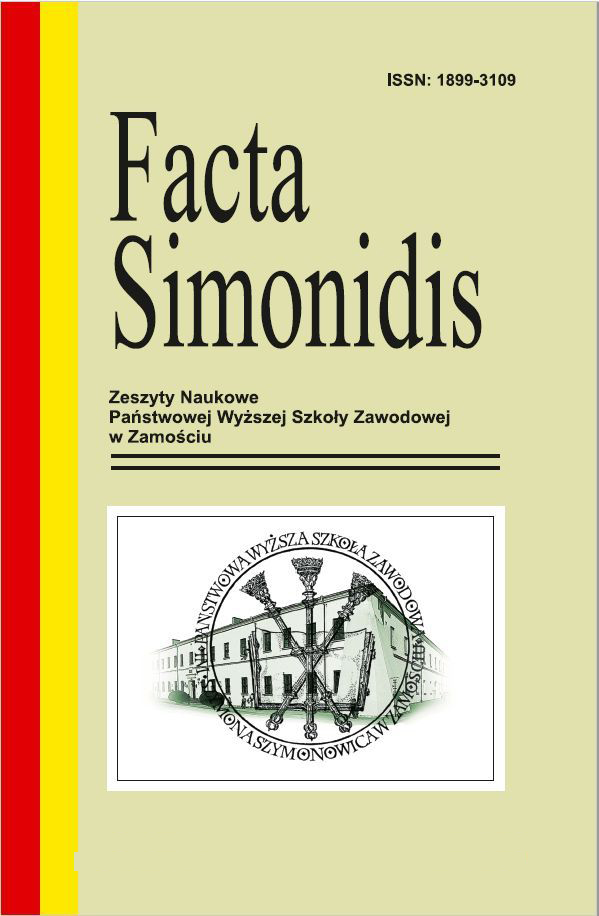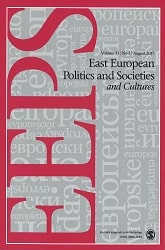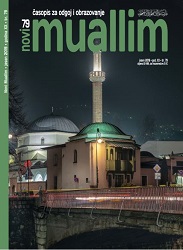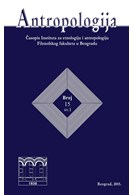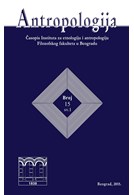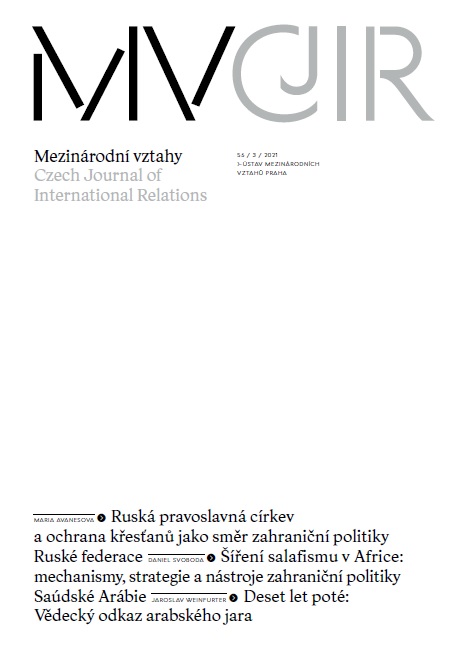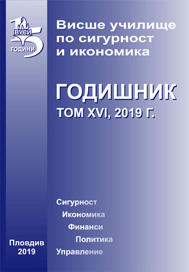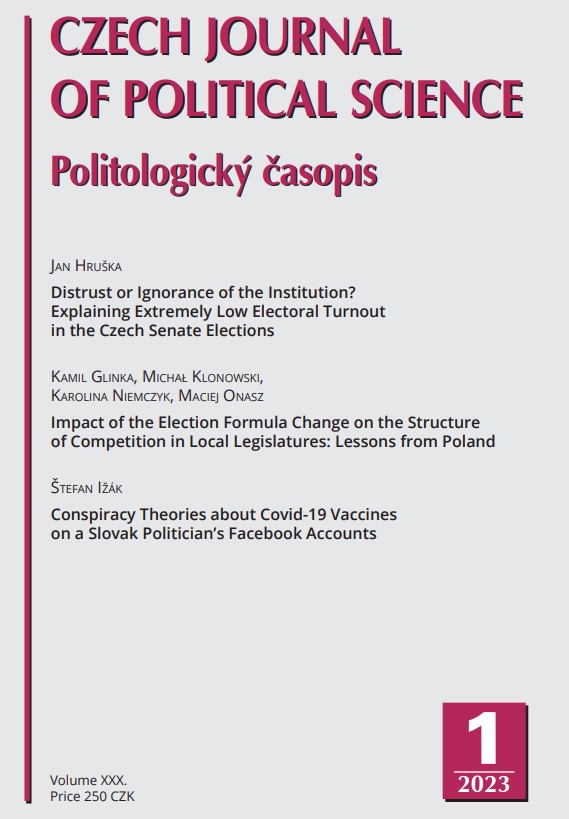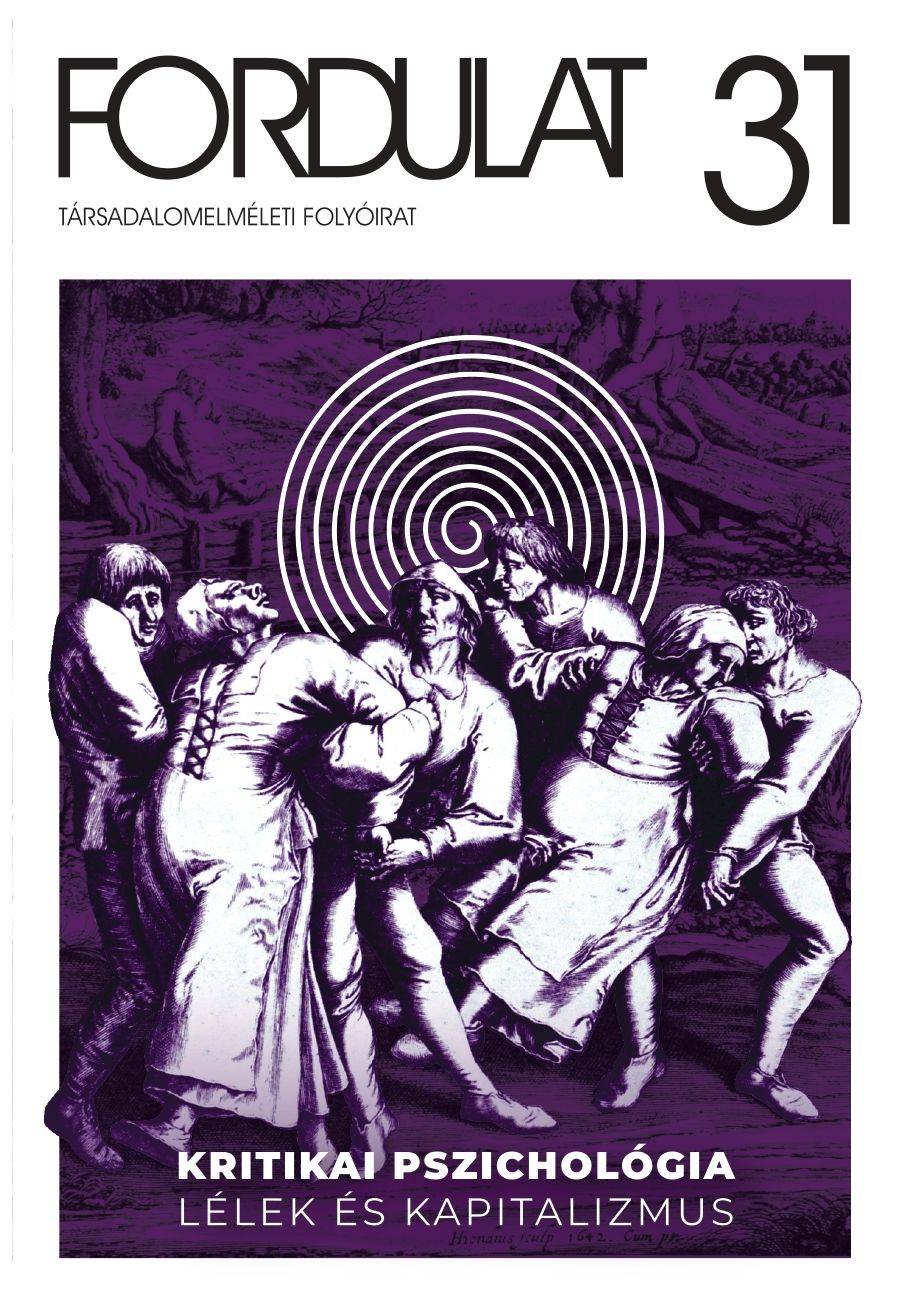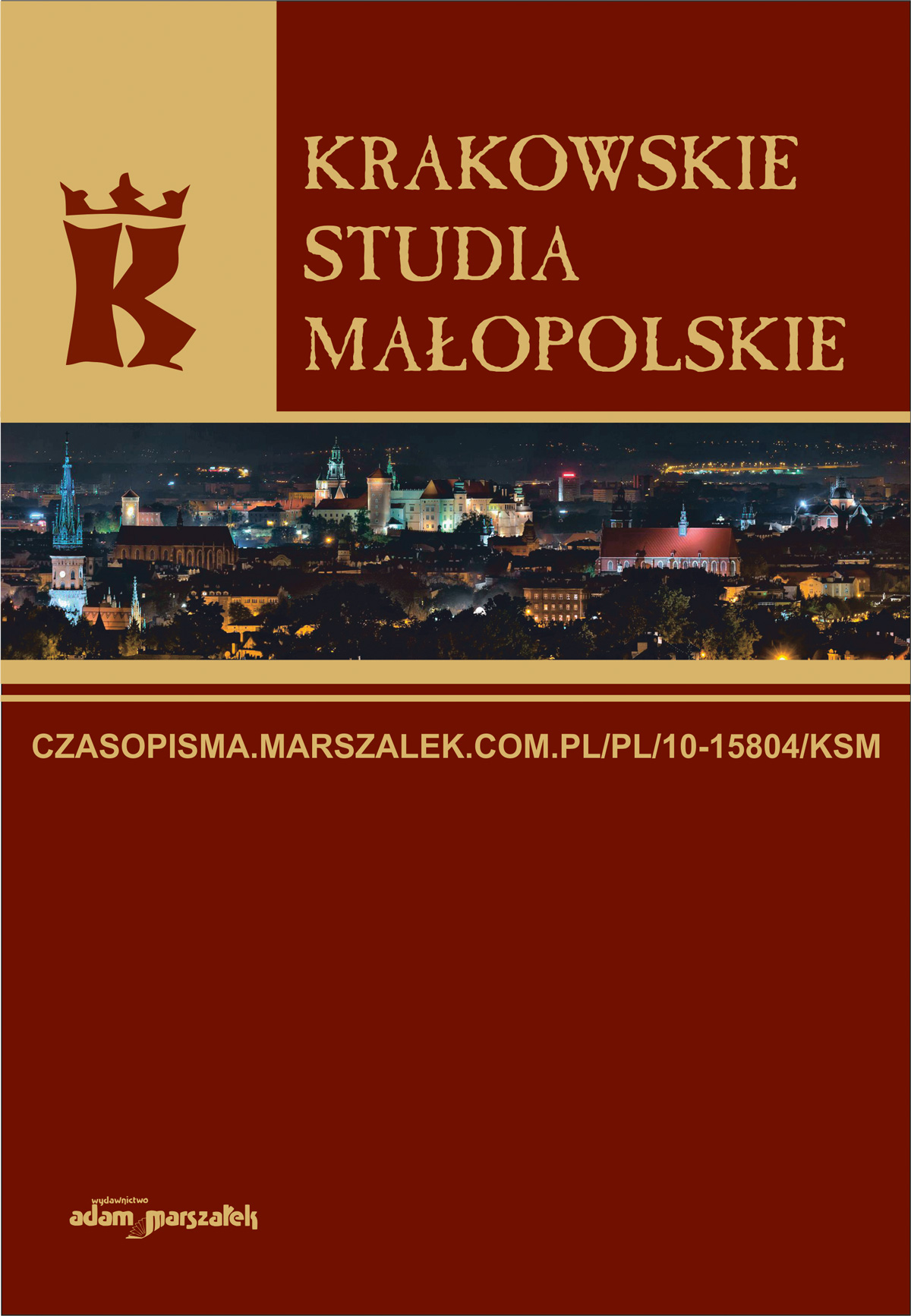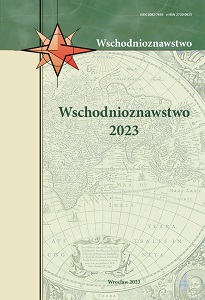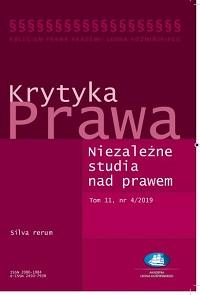Le rôle des mouvements citoyens dans le processus électoral en Afrique subsaharienne. Le cas du « Balai citoyen » (Burkina Faso)
The article examines the evolution of grass-root movements in Africa after 2011 in the electoral context marked by the incumbent president’s plan to preserve power indefinitely. A case study on the Balai citoyen (citizen broom) movement is proposed. The article aims to identify the logic, the rhetoric and the mobilization that this youth civil movement proposes in the context of the 2013-2014 contestation of the regime. A success story that continues also after the president’s fall, in October 2014, and translates into a mobilization that converts the revolutionary logic of the movement into the classic perspective assumed by pressure groups.
More...
